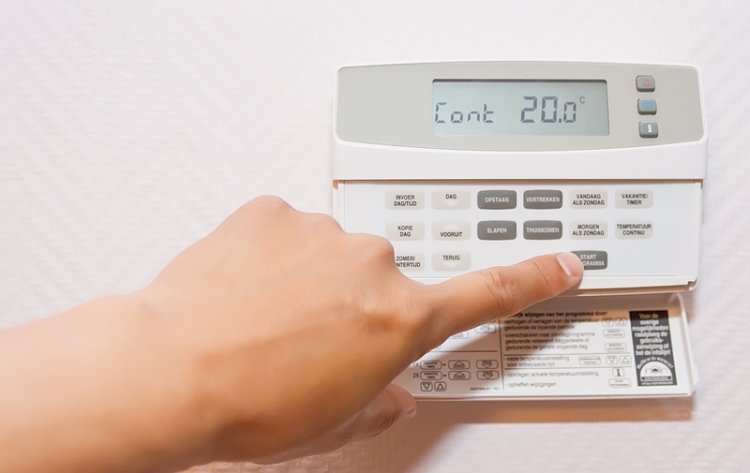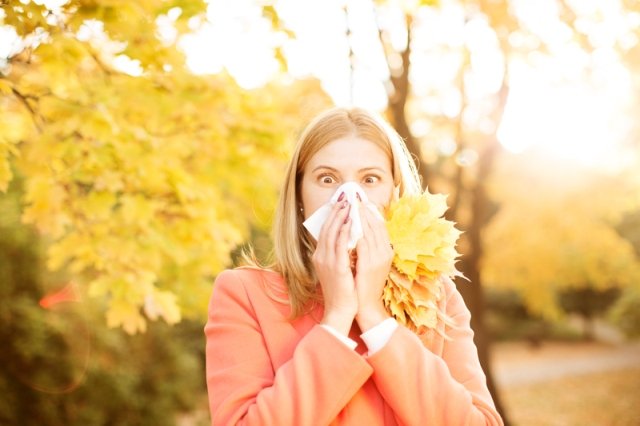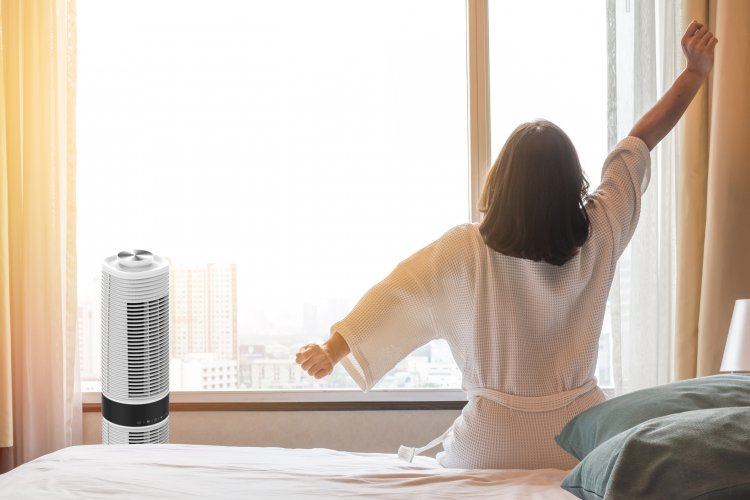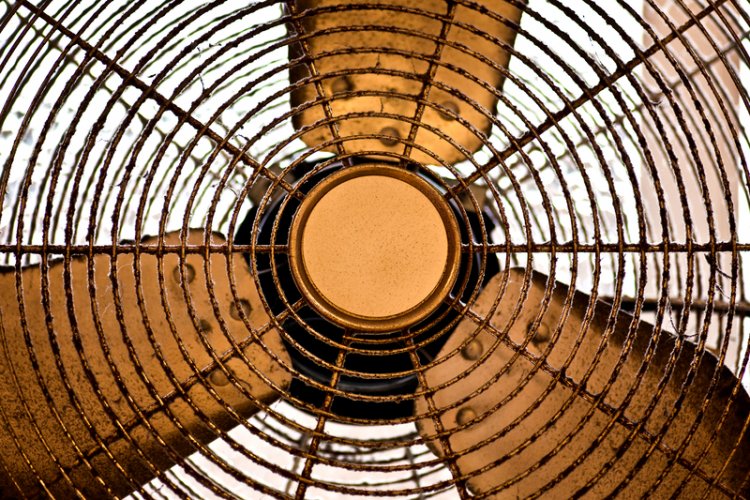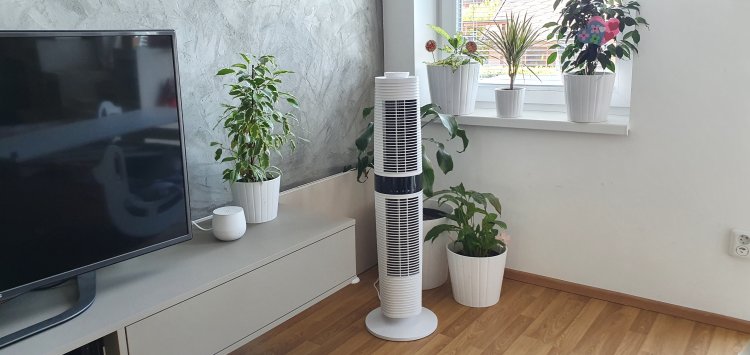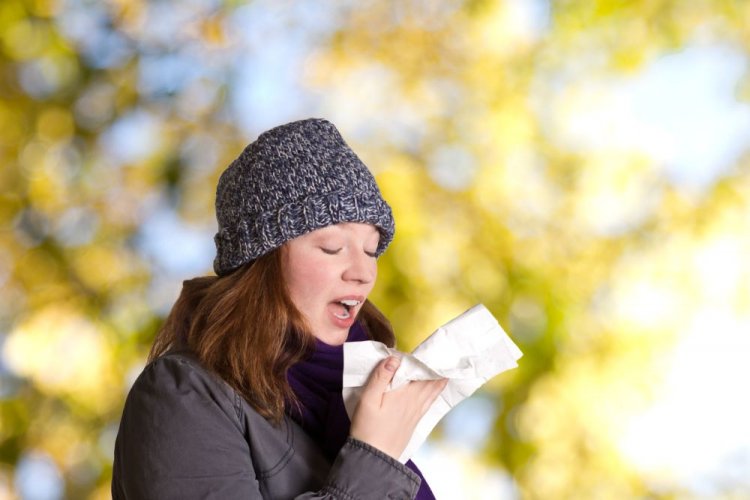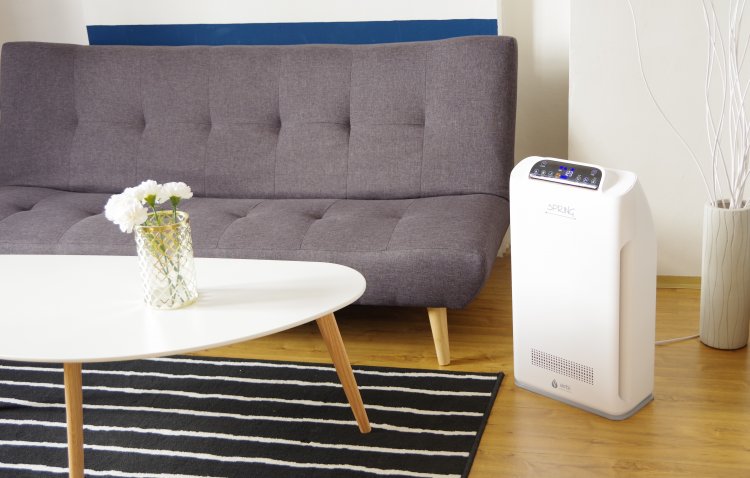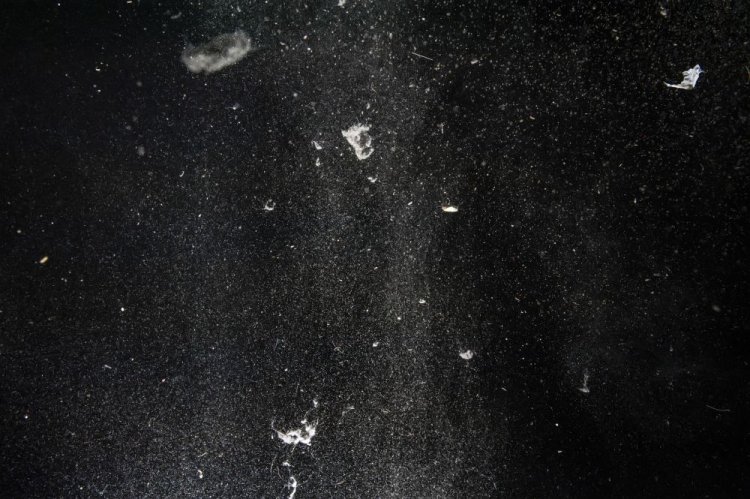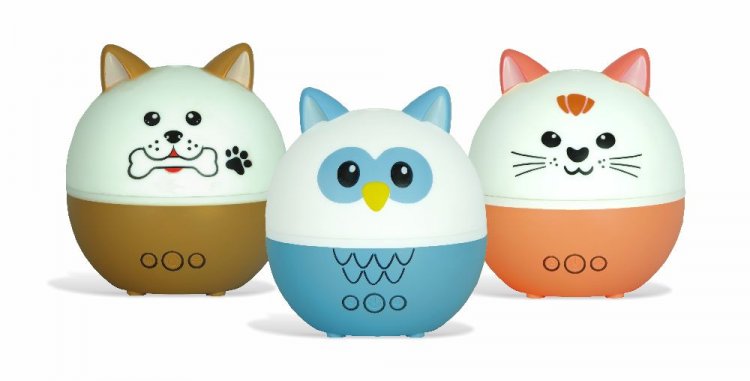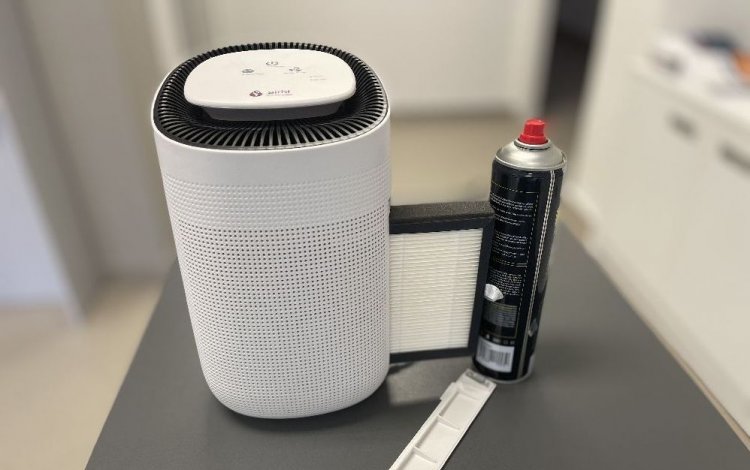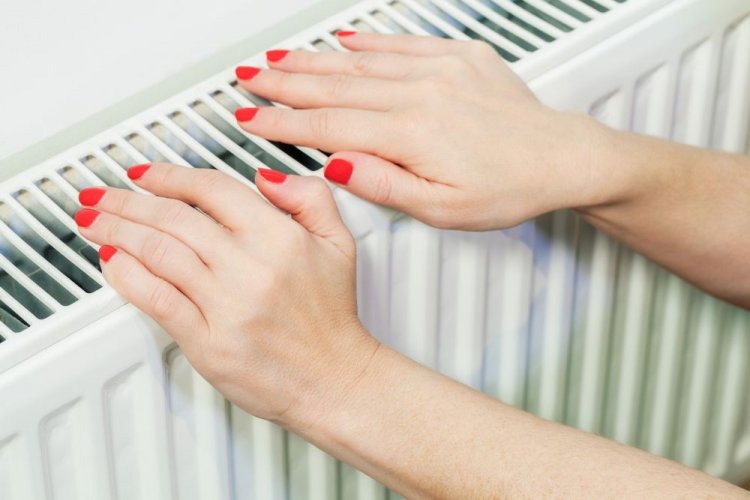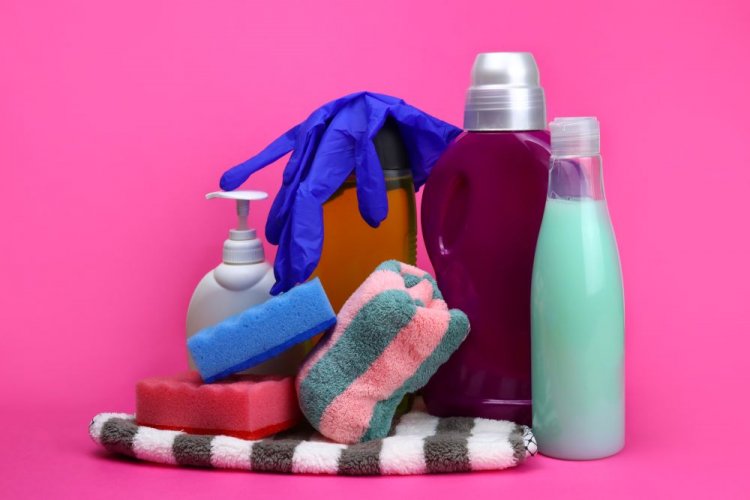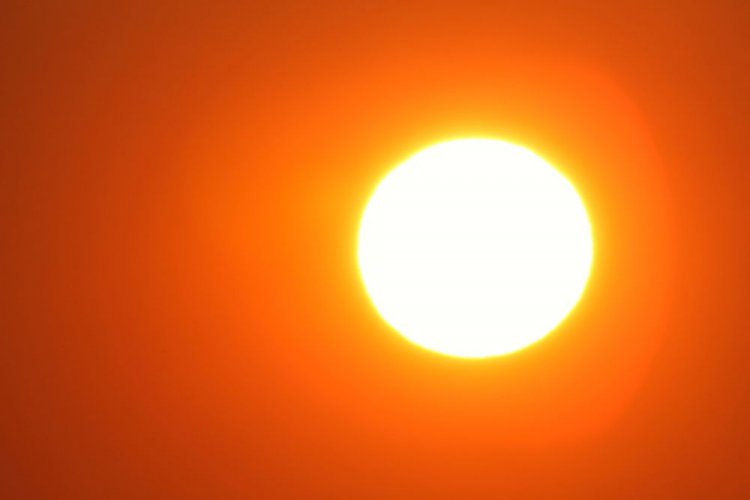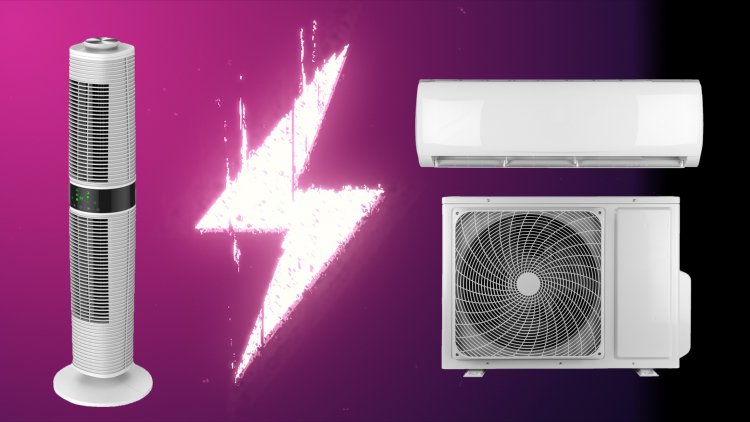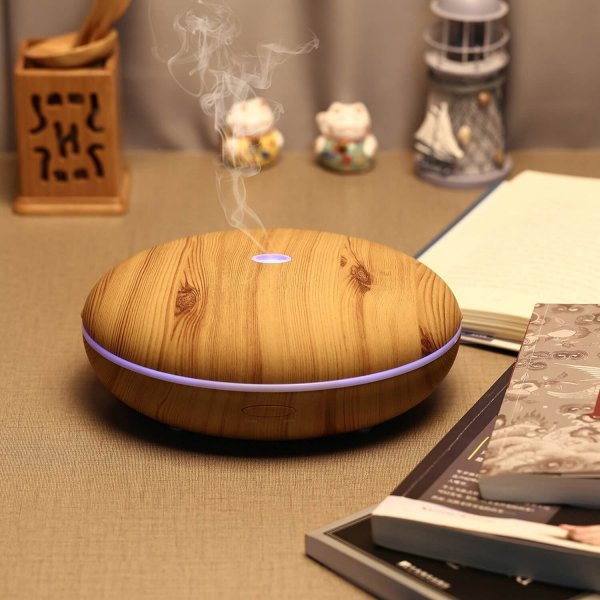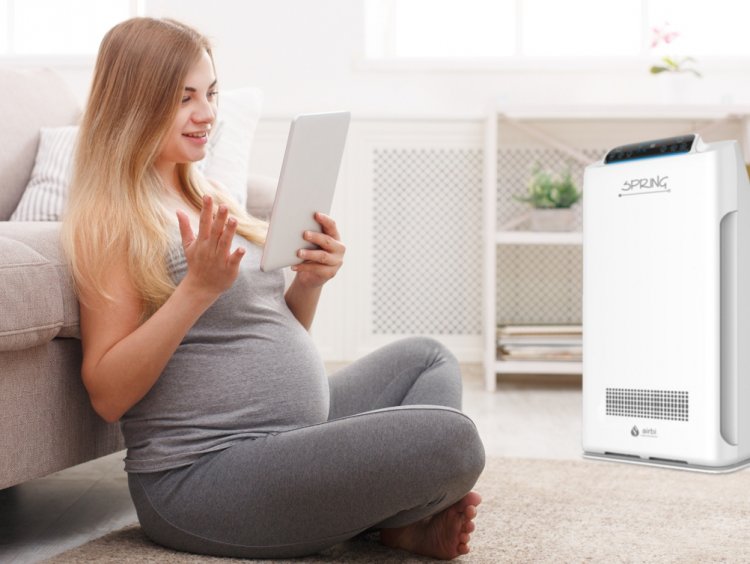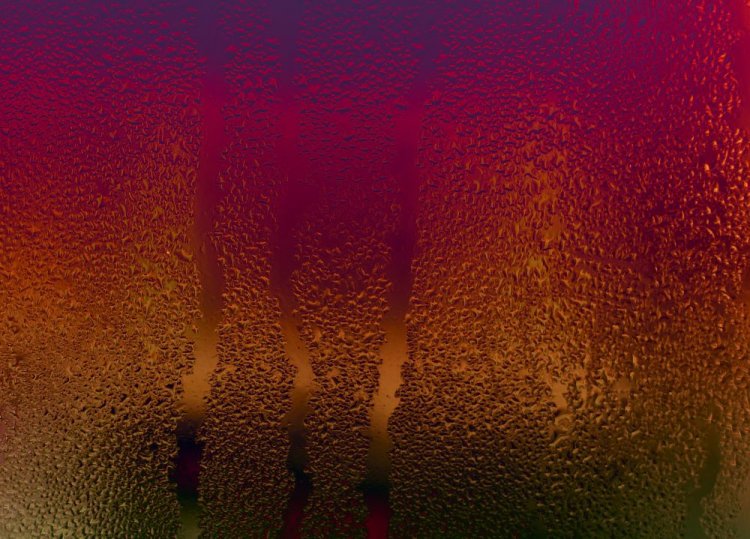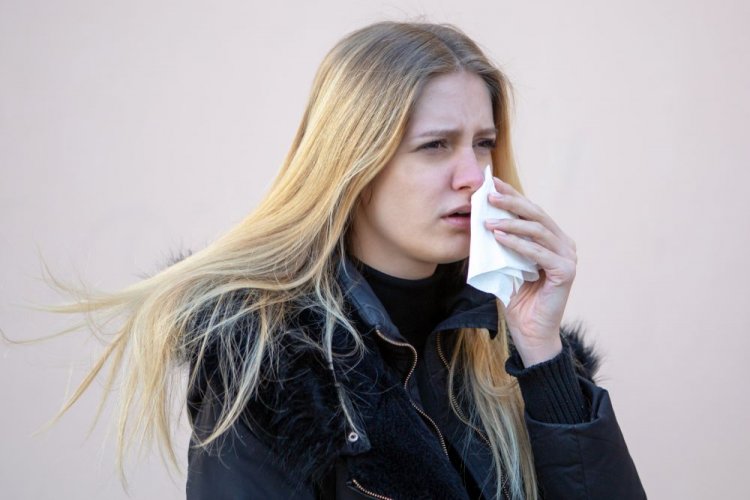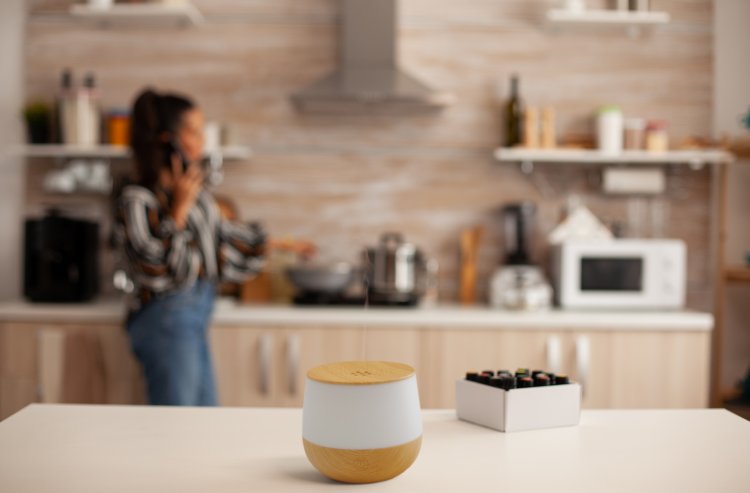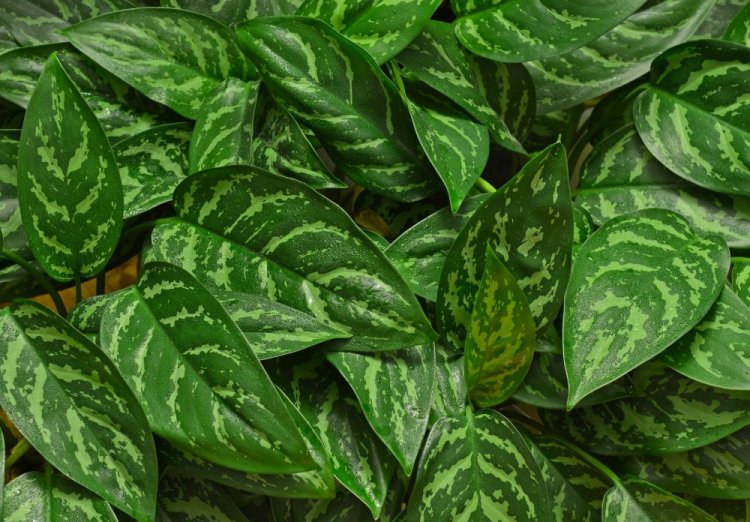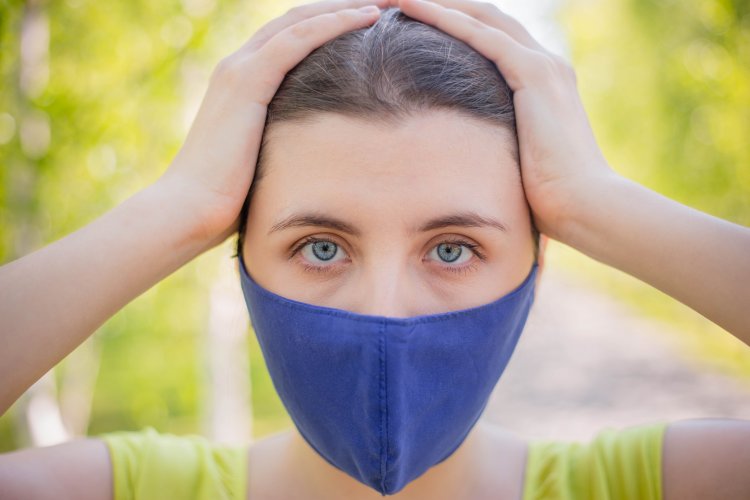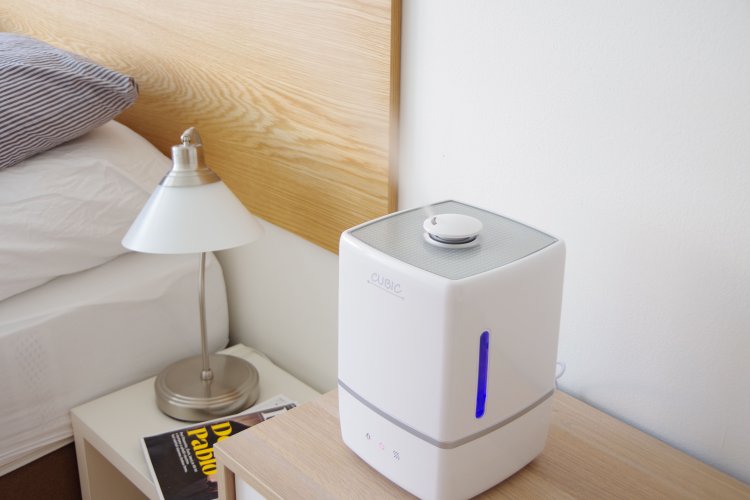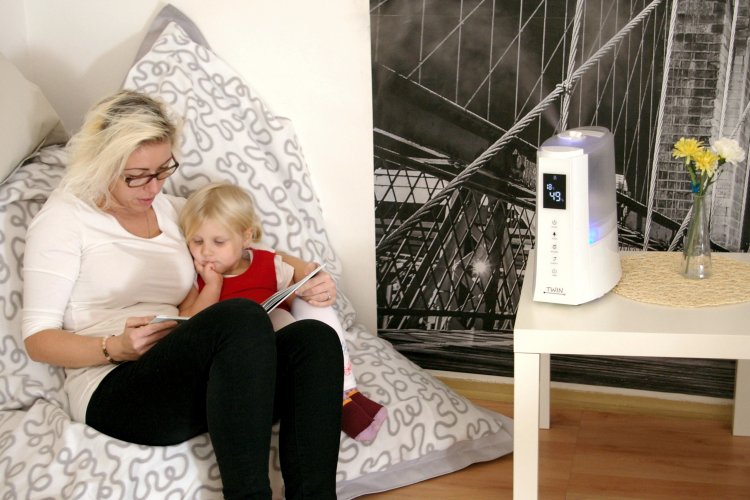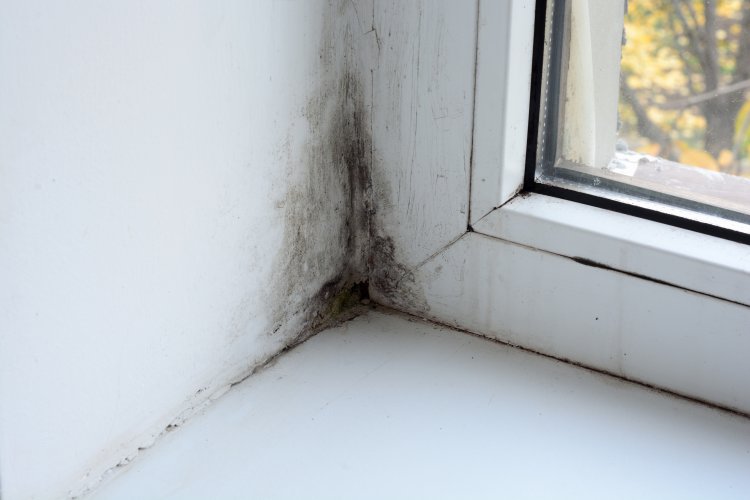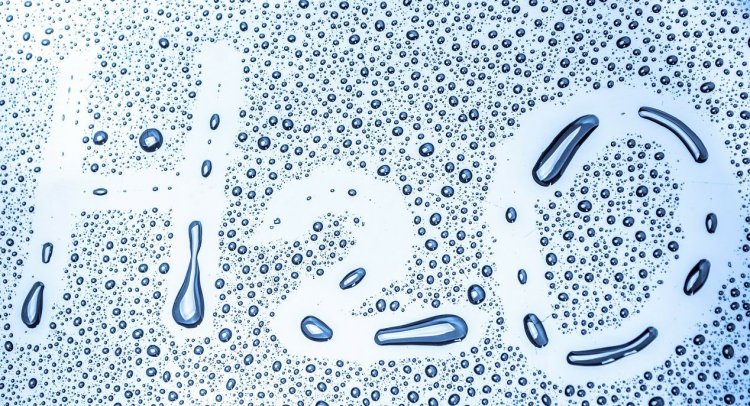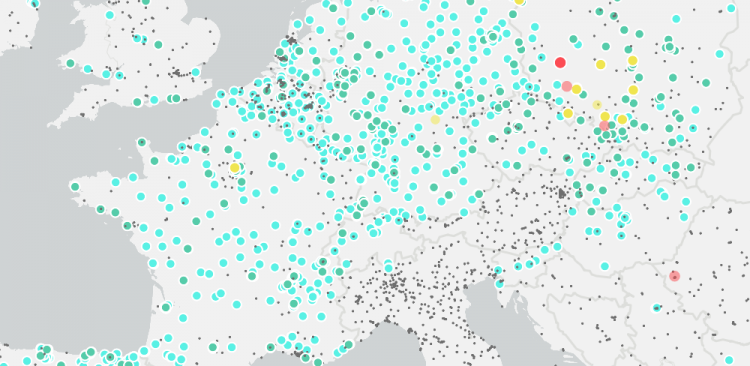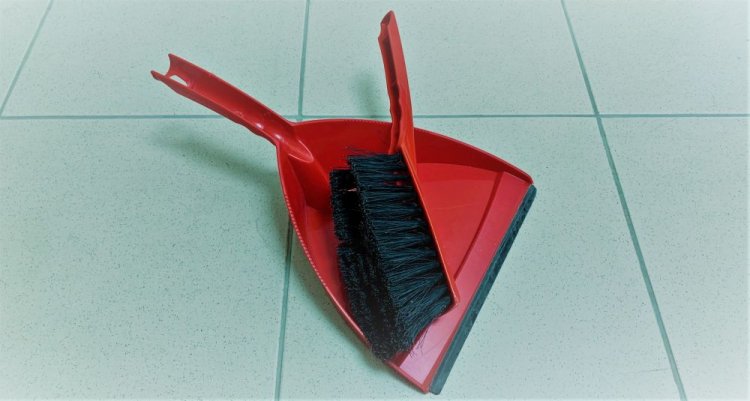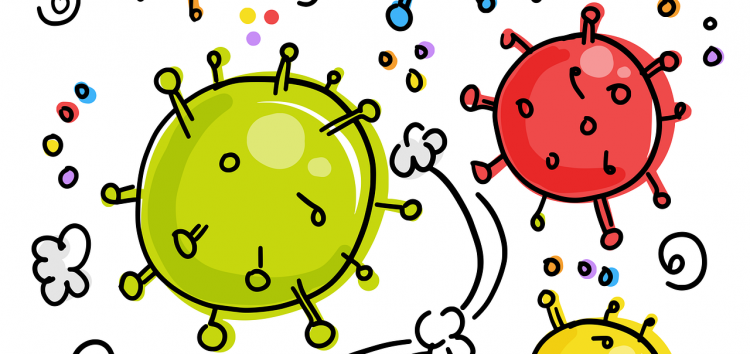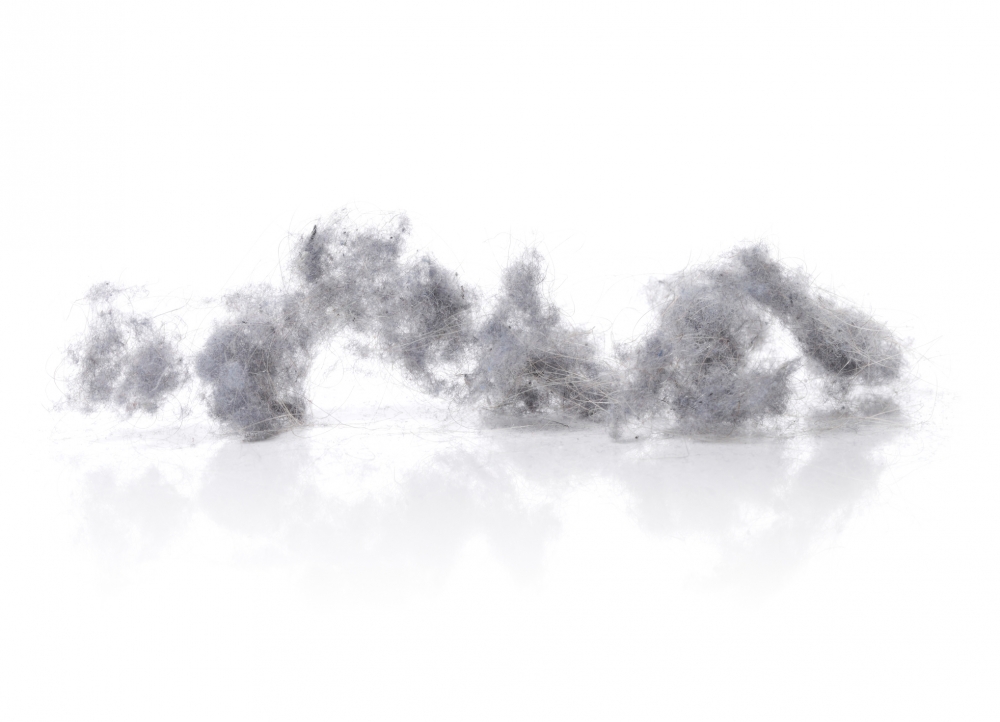

4 advantages (and 1 disadvantage) of desiccant dehumidifiers
Feb 20, 2025High humidity can be unpleasant. If you're choosing a dehumidifier, this brief overview of the advantages and disadvantages...
When you think about dust, you probably would not say that these tiny particles are dangerous. But science see it differently. Dust particles in the air have a significant impact on our respiratory system, especially the lungs. Repeated irritation of the respiratory system can have serious health consequences and is often fatal. But have you ever thought about what dust actually makes up?
Outside, dust usually lies on the ground, where it is visible to the naked eye, and is most often made up of sand or dirt. Until it gets into the air, it poses no danger to our health. However, inside buildings and especially households, the risk of dust entering the air is much greater. In addition, its composition is significantly different. Household dust is usually made up of particles of dead skin, whether human or animal. Other ingredients are hair, fibers of clothing, parts of dead beetles, microplastics, pollen, bacteria or grains of soil. Basically, it can be said that the composition of dust is a little different in each household and tells about our habits and lifestyle.
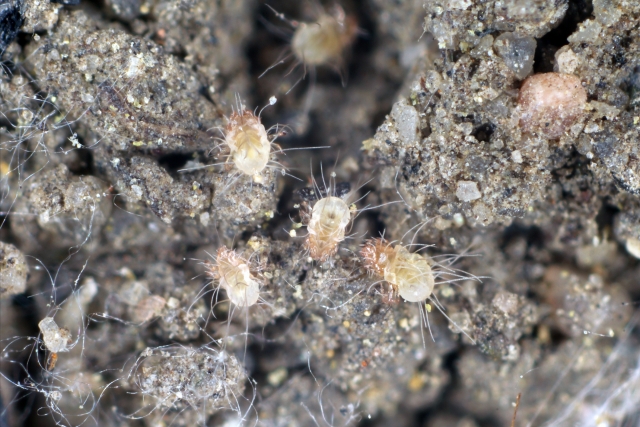
The dust can surprise you with the composition
People have lived with dust and inhaled it since time immemorial. That's why most people don't have a problem with dust. However, there are risk groups to which dust causes considerable problems. These are mainly the elderly, young children and other groups that are prone to allergic reactions. Seniors have weakened lungs and the immune system, any other component that burdens the body can cause serious problems.
This also applies to young children who have a "new" and inexperienced immune system. It is just learning to fight viruses, bacteria and other infections. If it has to fight other complications the immune system may be overloaded or overreacting. Fortunately, the most common manifestations of allergies are not very dramatic - in most cases it is itchy eyes, runny nose or skin rash. However, if the reaction is severe, anaphylactic shock may occur.
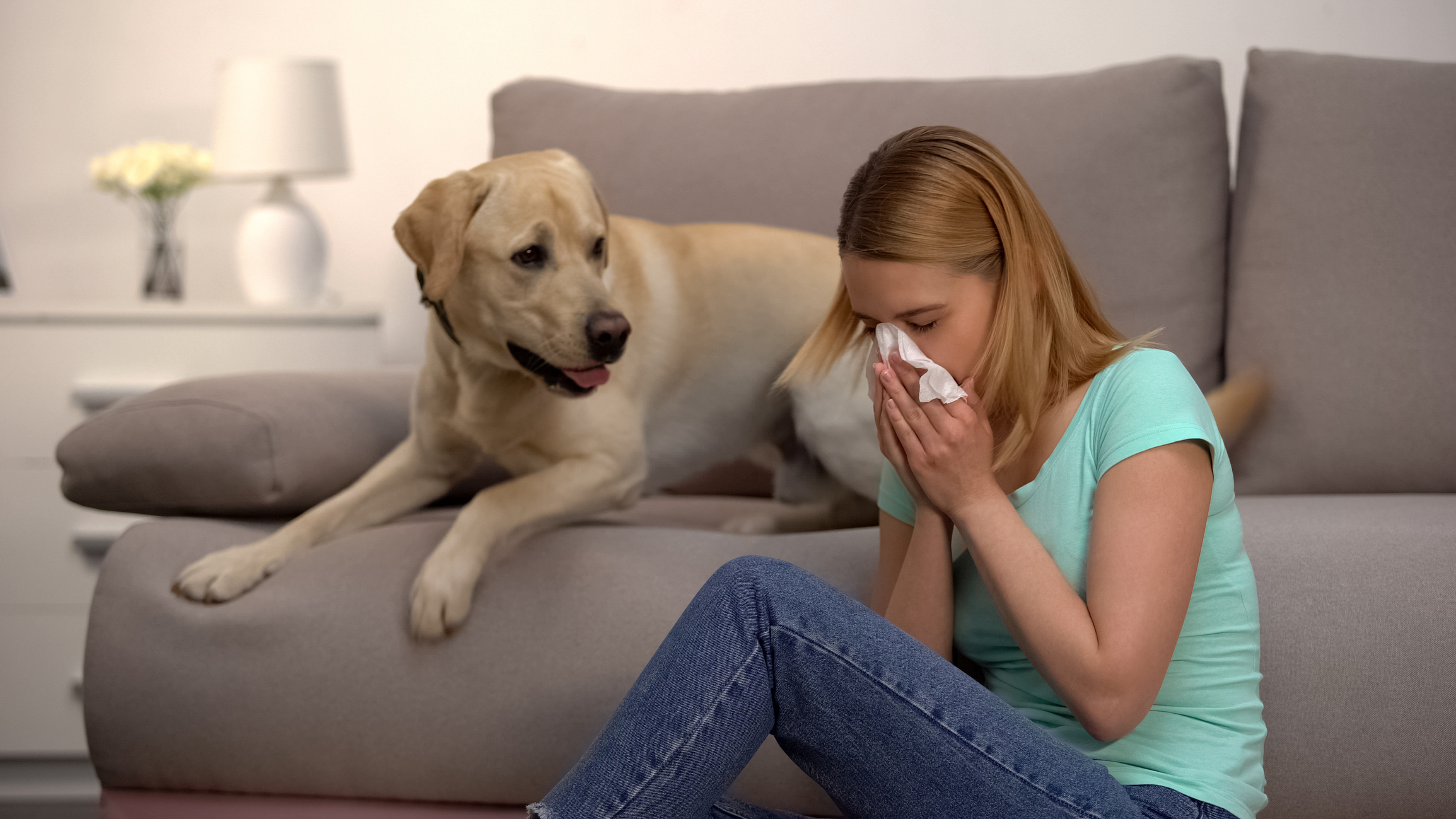
Allergies can be pretty uncomfortable
You should clean the house regularly, especially if you spend more time in it, for example now during the coronavirus at the home office. Definitely worth trying some tips on how to keep the air at home clean. Regular dusting of furniture and floors is the number one defense. A vacuum cleaner will also do you an excellent service. But be careful if you are allergic to dust, as the vacuum cleaner will stir some of the dust around the room. The best thing you can do is let the vacuum cleaner be used by someone you know will have no problem in breathing dust.
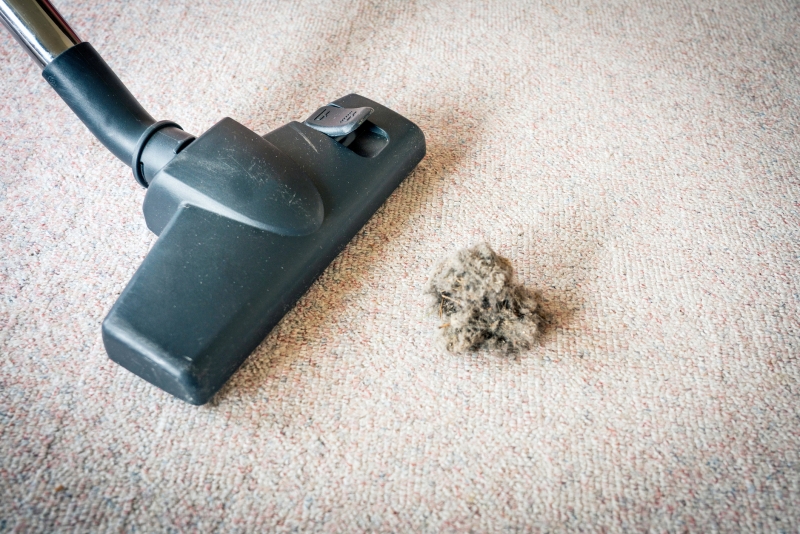
Vacuuming with the air purifier on helps the most against dust
An air purifier is probably the number one device that you can use to remove dust from your home. The air purifier with HEPA filter can remove up to 99.97% of particles in the air, including microscopic dust, which is the most dangerous. It is extremely easy to use - just connect and clean the purifier. If the air purifier has air quality sensors, as well as Airbi air purifiers, it will operate in automatic mode. The most effective is to combine the cleaner and vacuuming. The vacuum cleaner removes dust from the ground and if something gets into the air, the air purifier sucks it in and removes it.
Dust is not some new monster at our door. It is a part of our world that we have lived with for centuries. The only thing different in the modern world is that we now understand that some diseases may be related to its inhalation. That is why today we can act and live healthier lives than we have been able to live before.




